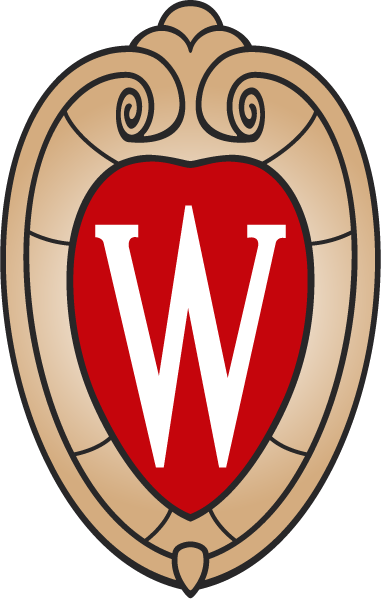
Course Overview
Clean and safe drinking water is one of the most important assets in any city or community. This course will provide you with a good working knowledge of treatment processes, technology developments, regulations, and case studies to help you improve your water treatment facilities, operations, and future projects. Topics include:
- Conventional and advanced water treatment
- Coagulation, flocculation, clarification, filtration
- Disinfection strategies: chlorine, chloramines, ozone, UV
- Groundwater and surface water characteristics
- Membrane filtration processes and reverse osmosis
- Current issues, pipe corrosion, emerging contaminants
- Water quality in distribution systems and building plumbing
Who Should Attend?
- Drinking water system engineers, managers, and operators
- Consulting engineers
- Water equipment manufacturers
- Executives and directors of water-related organizations
- Public health professionals
Additional Information
Attendees can earn a digital badge as evidence of the knowledge they obtained during the course. Digital badges are micro-credentials that can be earned by successfully completing application exercises woven throughout the course. Click here for information on digital badges.
Course Outline
Overview of Drinking Water Treatment and Current Issues
- Regulatory drivers
- Emerging contaminants and technologies
Coagulation and Flocculation
- Chemistry of coagulation
- Mixing
- Sedimentation
- Dissolved air flotation
- Granular media filters
Disinfection Processes and Technologies
- Chlorine, chloramines
- Ozone, ultraviolet, chlorine dioxide
- Microbial growth in distribution systems
Comparing Surface Water and Groundwater Treatment Plants
- Types of treatment plants
- Groundwater vs. surface water raw sources
- Major processes, typical flow rates
Owner Insights: Design and Operation of Water Treatment Facilities
- Designing for operations and maintenance
- Flexibility, simplicity, costs, procurement, efficiency
Membrane Filtration Processes
- Micro, ultra, and nano-filtration
- Reverse osmosis, electrodialysis reversal
- Membrane life, fouling, cleaning frequency
- Concentrate disposal
Distribution System Water Quality
- Pipe corrosion
- Disinfection by-products
- Premise plumbing issues
Case Studies in Drinking Water Treatment
- Examples of small and large water treatment plants
- Meeting new regulations and improving water quality
- Problems that can impact cost, schedule, and operation
Testimonials
"Excellent knowledge, delivered in an enjoyable way."
"The best course I have had at UW-Madison."
"Top-notch interesting teachers. Thank you!"
"One of the very best I've attended in a long history of attending engineering presentations."
Instructors
Gregory Harrington
Greg Harrington, PhD, is a professor of civil and environmental engineering at the University of Wisconsin–Madison. His research interests include waterborne pathogens, natural organic matter, and physical/chemical processes such as ozonation, chloramination, coagulation, and ultraviolet irradiation. In addition to his teaching and research, he is the Pieper Family Foundation Chair for Servant Leadership and has served as president of the Water Utility Board for the Madison Water Utility.
Chris Catlin
Chris Catlin, PE, is an operations consultant with Jacobs. He previously served as superintendent of plant operations for the Minneapolis Water Works, managing a 180-MGD lime-softening/membrane plant. His experience includes groundwater, surface water, conventional treatment, membrane treatment, radium removal, and ammonia/nitrification. He is a certified water plant operator in Iowa and Minnesota.
Michael Oneby
Michael Oneby, PE, is a Technical Leader for Olsson Associates, specializing in water treatment processes. His work has included the analysis, design, and upgrade of municipal and industrial treatment facilities across the United States, including membranes, ozone, conventional and advanced treatment. He is also president of the International Ozone Association.
Past dates
Essentials of Drinking Water Treatment
Course #: RA01015Essentials of Drinking Water Treatment
Date: Tue. June 27, 2023 – Thu. June 29, 2023ID: RA01015-C956
interpro.wisc.edu/RA01015
Fee:
- $1,495
-
This course has two attendance options, face-to-face or online.
Face-to-face attendance fee includes morning and afternoon breaks, scheduled lunches, and course materials.
Online attendance fee includes online instruction and course materials. Online attendees will access course sessions via the Zoom web conferencing platform.
- CEU: 1.5
- PDH: 15
Essentials of Drinking Water Treatment
Date: Tue. June 21, 2022 – Thu. June 23, 2022ID: RA01015-C580
interpro.wisc.edu/RA01015
Fee:
- $1,295
-
Face-to-Face Fee covers morning and afternoon breaks, scheduled lunches, course materials and face-to-face instruction.
Online Fee covers course materials and online instruction.
Team Discount: $300 off the course fee, per person, when two or more enroll from the same employer.
- CEU: 1.8
- PDH: 18
